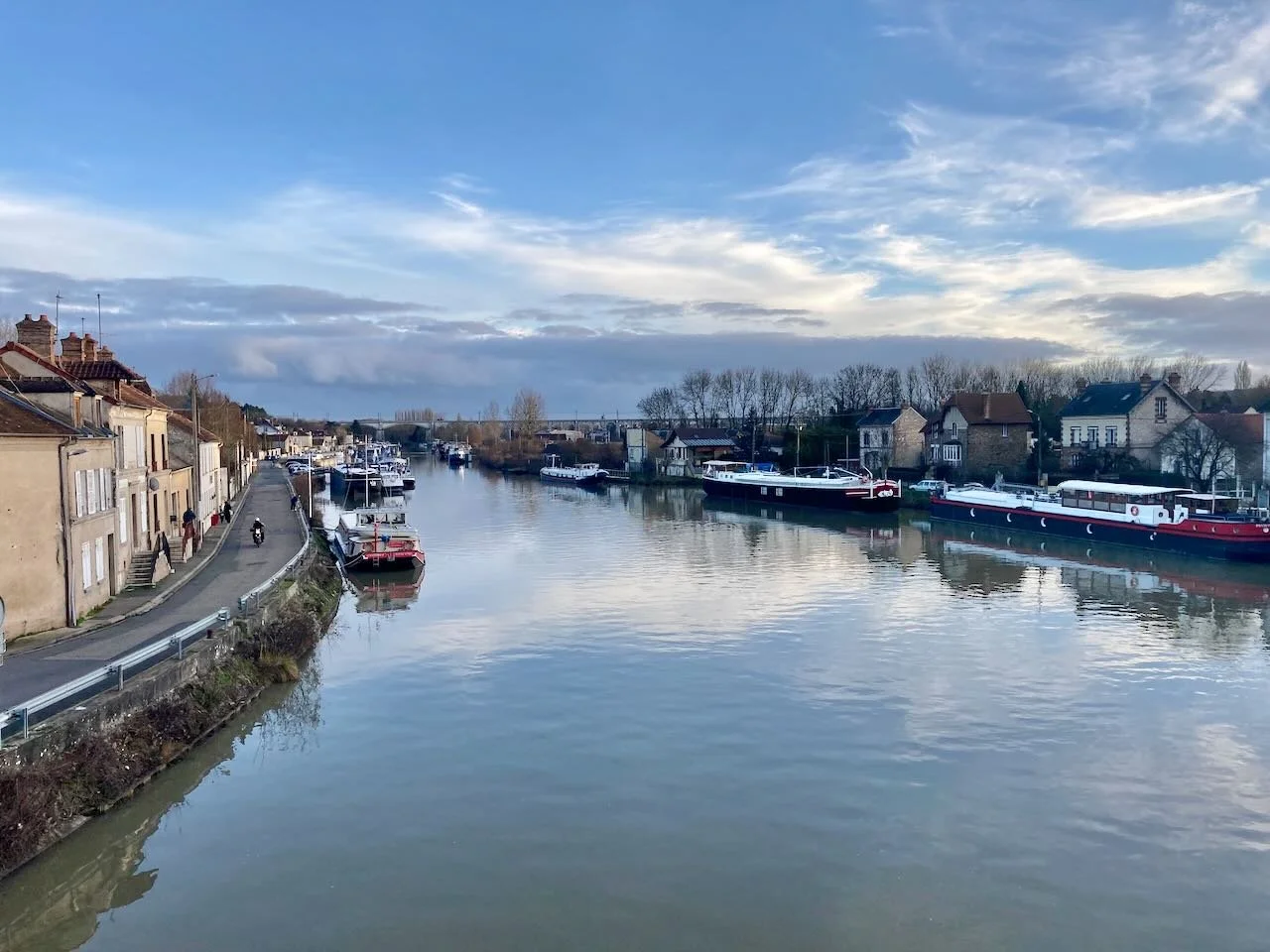Weekend escapade to Rouen
If you’re looking for a maritime weekend escapade from Paris with some art, architecture and good food thrown in for good measure and not more than an hour and a quarter train ride away then Rouen is where you should head.
“But wait a minute,” I hear you say, “Rouen is not by the sea so how can it be a maritime escapade?” And you’re right of course, Rouen is not a coastal town. But the sharp cries of seagulls will quickly remind you that it is a maritime one thanks to its position along the Seine which, although 80kms from the sea, is still tidal and wide and deep enough to allow big ships to anchor. International trade and shipping has always been at the heart of the city’s development. Today it is France’s fifth biggest port behind Marseilles, Le Havre, Dunkirk and Saint-Nazaire and even ranks 28th in Europe.
Who says port says military target. Rouen was heavily bombed by the Allies from 30th May-5th June 1944 in preparation for Operation Overlord (D-Day) but miraculously the medieval heart of the city was spared as was most of the gothic Notre Dame de Rouen cathedral so often painted by Claude Monet.
These two things: the port and the destruction during WWII, need to be kept in mind to understand how the city has developed into the one we can enjoy visiting today where gothic cathedral and timber-framed medieval houses stand side-by-side with 20th century architecture.
Rouen developed on the right bank (if one follows the flow of the river) of the Seine at the top, outer-edge of one of the deep meanders the river makes before it finally joins the sea. The modern town of 115,000 inhabitants has spilled over onto the left bank but if you’re visiting for the weekend, the right bank is where you want to be. And you won’t need a car because most of the old city has been pedestrianised and everything is within walking distance.
As we walked downhill into town from the station we wondered what the 35m high, solid looking tower sitting incongruously all by itself amongst modern buildings could be. It is the Tour Jeanne d’Arc and is all that is left of a fortress built by Philippe Auguste in 1204. She was not held prisoner here but in the fortress’s Tour de la Pucelle. It no longer exists but apparently its foundations are in a dental cabinet in the rue Jeanne d’Arc. If you want to see them you’ll have to submit to some dental work!!
The Musée des Beaux-Arts de Rouen is 200m away facing the gardens in the Square Charles Verdrel (mayor of Rouen from 1858-1868). The museum’s collection is outstanding (and free), with the Impressionist section being the most important in France outside Paris. Amongst these are a number of works by Claude Monet who spent almost two years in Rouen working on his famous series of 28 paintings of the main west-facing facade of Notre Dame de Rouen cathedral.
He painted it from three different angles. One was from the first floor of the tax office, the Bureau des Finances, a spectacular 16th century gothic building that is currently being renovated and usually houses the tourist office. At the time it was a lingerie store and the owners got fed-up with the artist sitting in there embarrassing their clients so they eventually had him sit behind a screen! The second was from a building demolished in WWII which was to the left of the tourist office and the third was from the right of the tourist office.
The cathedral with its flamboyant gothic facade framed by the relatively simple Tour Saint Romain on the left and the much more heavily decorated Tour de Beurre on the right stands 151m high making it the tallest cathedral in France...and hard to photograph! I was a little disappointed by the interior which is quite impressively high (28m) but quite stark so if you’re short on time just admire the outside.
The rue du Gros Horloge starts just opposite the Tour Saint Romain. About 200m down it you’ll see a Renaissance building that arches over the street (I really liked the bas-reliefs under the arch) and on the right is a 14th Century clock tower that stands where a city gate used to be. For reasons nobody can explain it is called Le Gros Horloge even though “horloge” (clock) is a feminine noun so it should be La Grosse Horloge. The 2.5m diameter clock face told townspeople the time, the phases of the moon and weekdays from 1529 until 9th July 2022 (having been electrified meanwhile) but the mechanism itself was made in 1389. The audio guide is extremely well done and you get a spell-binding view of the cathedral from the top of the belfry (100 narrow steps or so).
Another 200m down the same street brings you to the Place du Vieux Marché, the old market square on which sits an extraordinary church designed by Louis Arretche. Its walls are almost entirely glass, a mix of simple modern and 16th century stained recycled from the St Vincent church destroyed in 1944. The state historic monuments’ department had dismantled many of France’s stained-glass windows earlier in the war to keep them safe. The flame-shaped roof is made with slate tiles that look like fish-scales and is a reminder that it was on this spot that Joan of Arc was burned at the stake. The exact spot is marked by a very simple knee-high panel that simply states “the location where Joan of Arc was burnt on May 30th 1431.” I found it extraordinarily moving.




















